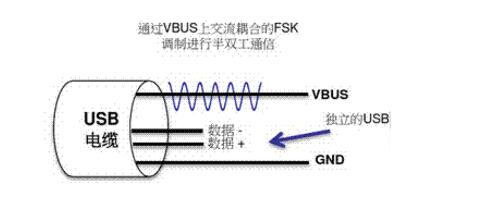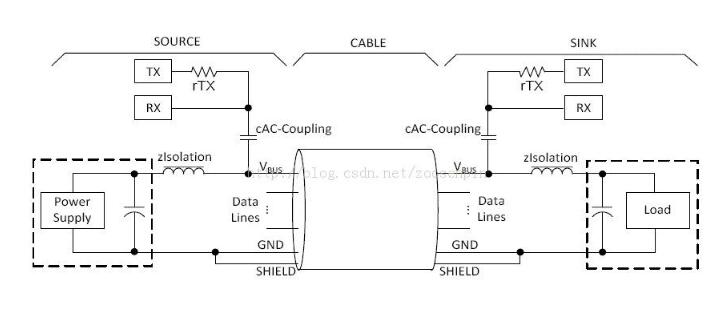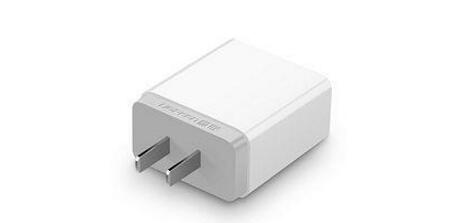Silicone Cable With Braid,high voltage cables,silicone rubber wire,High temperature shielding Jiangyin City Weicheng Special Cable Co.,Ltd , https://www.weichengcable.com


What are the chargers that support the pd protocol?
**USB-PD Protocol Explanation**
The USB-PD communication process involves modulating protocol layer messages into a 24 MHz FSK (Frequency Shift Keying) signal, which is then coupled to the VBUS line or extracted from it to enable communication between a device and its charger. This allows for bidirectional power delivery and advanced configuration of voltage and current levels.